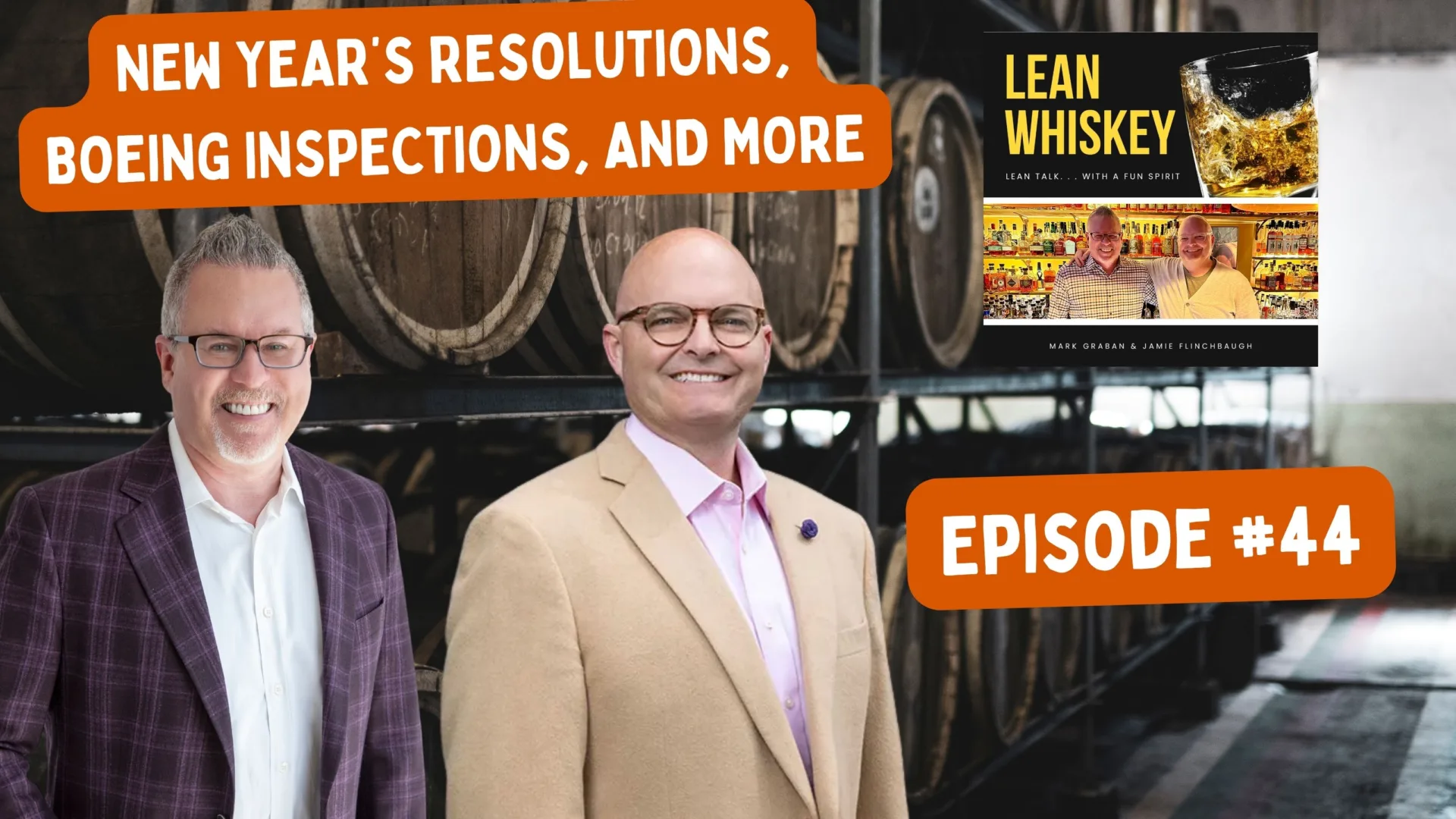I can't count how many times I've said that there is no recipe for lean. You must chart your lean journey based on both where you are and where you want to be. This requires knowing your current condition very well, including factors such as business conditions, resources, culture, and capabilities.
There is no question that we are in the midst of a very unique economic period. The financial markets are in turmoil, banks are collapsing at alarming rates, $700B bailout packages are being developed, and no one is sure where this will all end up. For those of you not fully paying attention, the credit squeeze is not a one-week issue. It has been a growing, very real, and very hard issue that many organizations, in particular manufacturing, have been dealing with for the majority of the year. How might this affect your lean strategy? Here's how.
For many businesses, and perhaps most manufacturing business, lean has been focused on profitability and gross margin, searching for ways to improve productivity, increase outputs, improve yields, and many other supporting metrics. But right now, the biggest and broadest threat to these businesses is a credit crunch. From manufacturers to car dealerships, the ability to get financing regardless of the cost is becoming more and more difficult. That means in preparation for difficult financing challenges ahead, or in response to them being difficult now, focus your lean efforts on cash preservation. Very good businesses may still go bankrupt for lack of credit and capital.
What does this mean? For many of your lean efforts, they are probably appropriately focused. If you are improving productivity, or reducing defects, or improving uptime, then those will in turn improve profitability and cash flow. But some things will change. Here's the short list.
First, those projects that require some investment whether $1k or $1M that will return greater savings in the future should be restrained. When focused on cash preservation, ROI isn't the only metric that matters. Something may have a return on investment of 1000% but if it consumes a large chunk of cash that you'd need to borrow, it just may be a bad idea. Put to collar on your kaizen teams and daily improvement programs with limits on spending, and make your primary message to these groups as “creativity before capital.” You might be surprised that while no one likes to be collared, it does improve creativity. With no limits we jump around, but with boundaries we focus and find a way forward.
Second, go after those one time cash benefits. Kaizen your accounts receivable and collections process (if that's struggling) and improve it's effectiveness. Cut just a few days, or for a few of you a few weeks, out of this and that's one time cash in your hand. Lean of course has tended to focus on inventory. Have you done everything you can here? In normal conditions, you don't worry as much about pay-points as you do inventory velocity. Reconsider pay-points as it can free up cash even if it doesn't truly reduce waste. Of course also look at your assets. Organizations almost never look at under- or unused assets unless they are moving or are approaching bankruptcy. How's that pile of scrap metal sitting in the back? How about those machine tools that are underutilized? Or how about the laptops and desks sitting in storage? It's sometimes not about the best use, it's the best use right now, which may be cash. Use your waste lens and go looking for those one-time cash gains.
And if you have more cash that you think you'll need, survey your customers and suppliers very carefully. Who's struggling with their credit? What's value-add? It's providing something the customer values. Maybe, of course for a nice fee, you become a bank of last resort to these folks. It's in your interest to keep your supply chain stable and of course you provide value and get rewarded for it.
When you're turning around a company, cash beats GAAP and cash is king. We're not all in a turnaround situation. Some of you might be doing very well. But [almost] every business needs credit and loans to operate. Don't wait to find out that your credit isn't exactly there. It's a painful experience and one that just might be avoidable.
What do you think? Please scroll down (or click) to post a comment. Or please share the post with your thoughts on LinkedIn – and follow me or connect with me there.
Did you like this post? Make sure you don't miss a post or podcast — Subscribe to get notified about posts via email daily or weekly.
Check out my latest book, The Mistakes That Make Us: Cultivating a Culture of Learning and Innovation:








